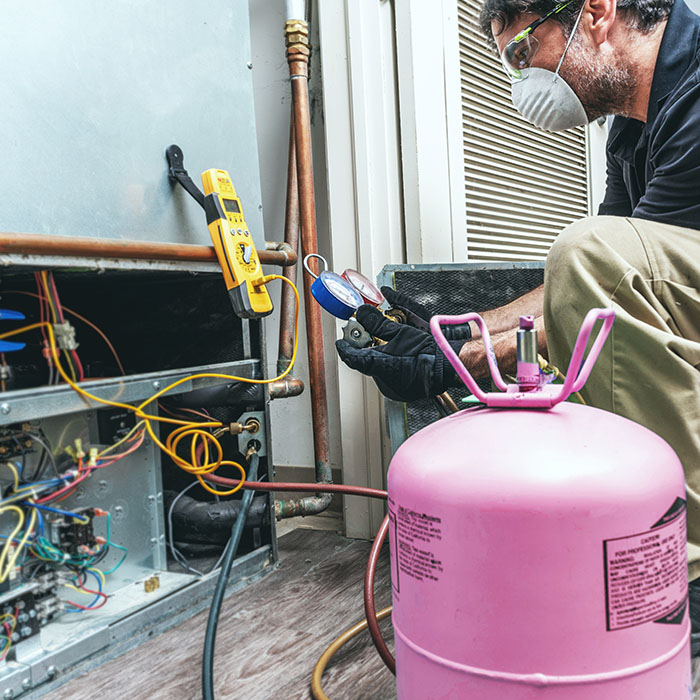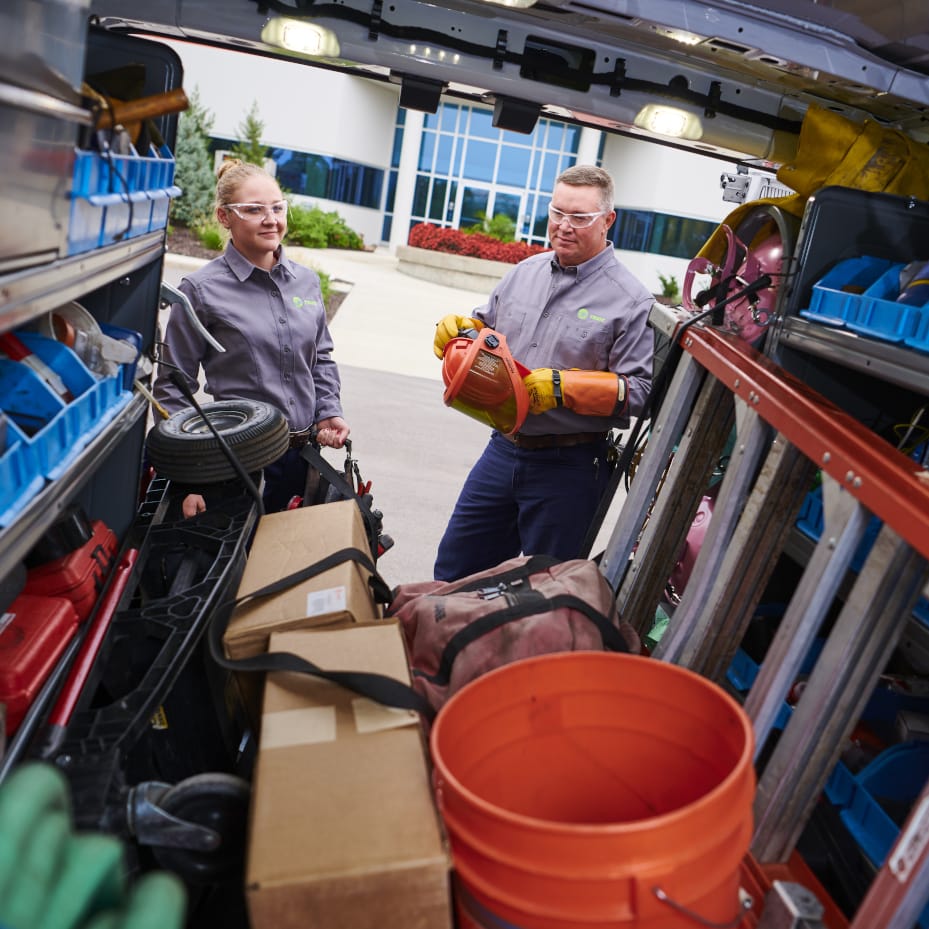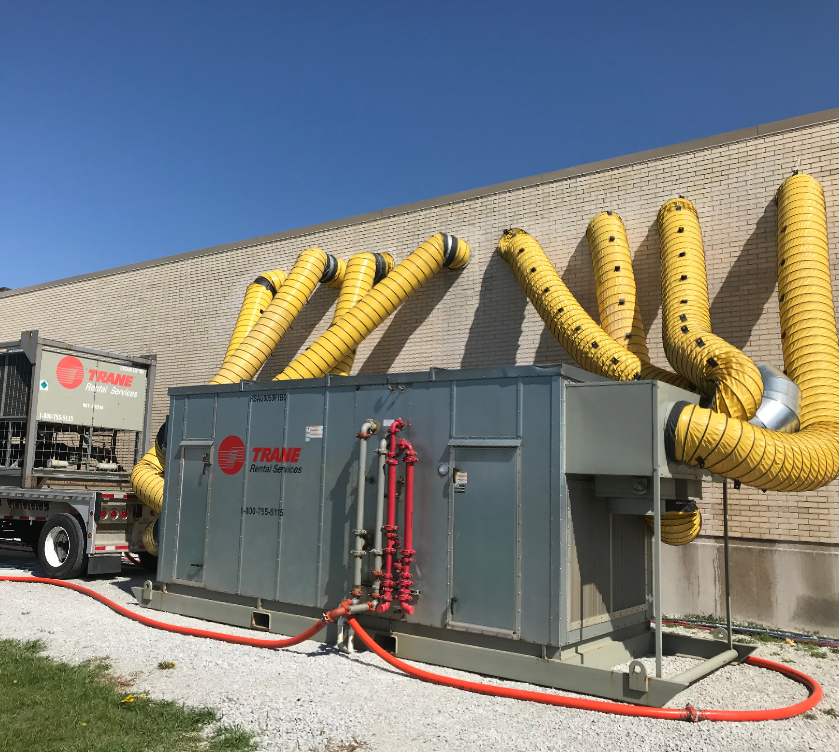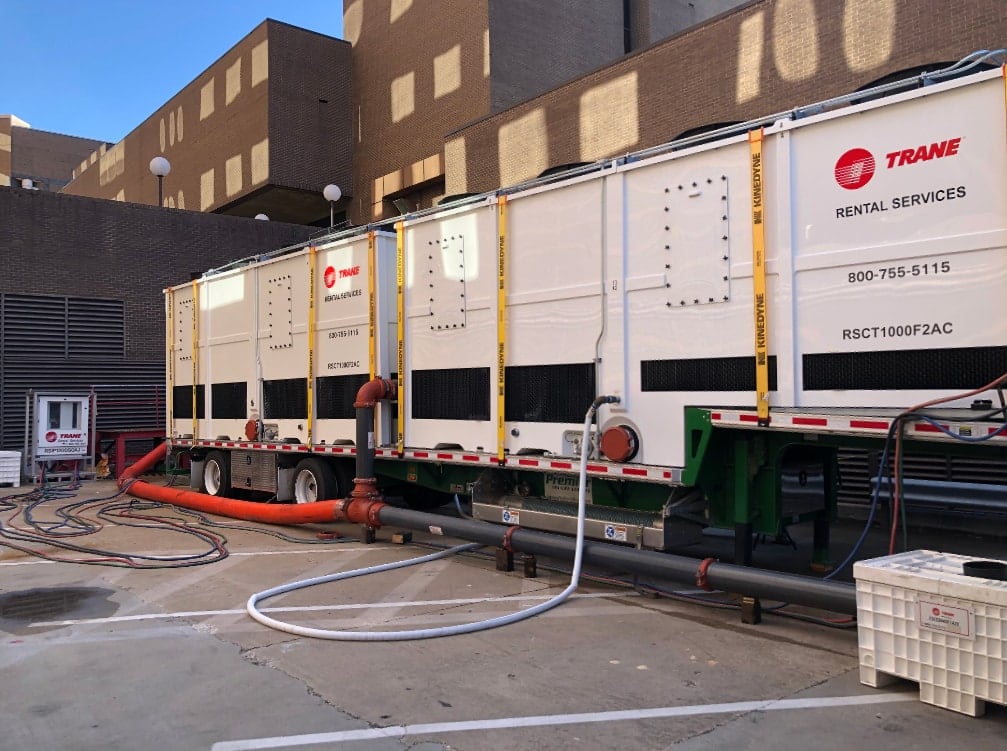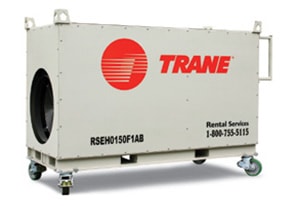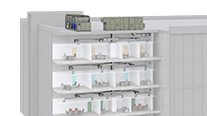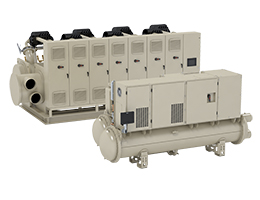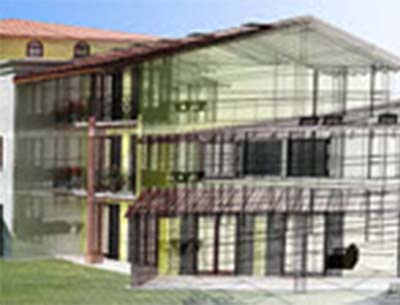If the pandemic taught us anything, it’s the importance indoor environmental quality (IEQ) has on the comfort and well-being of people inside. It’s been an issue for a lot longer, though. So long, it even has a name: Sick Building Syndrome. Sick Building Syndrome is a condition affecting office workers attributed to poorly managed facilities or stressful factors in the working environment such as poor ventilation.
It’s important to remember that the health of a building is about more than just air quality. It includes lighting, acoustics, temperature, and other factors. They all play an important part in the well-being of your building and its occupants.
The IEQ of your building is as important as its location, design and amenities. The best way to make sure your IEQ is solid, is by having a professional assessment done. There are lots of reasons why you should as soon as possible; we’ve highlighted the top five below.




